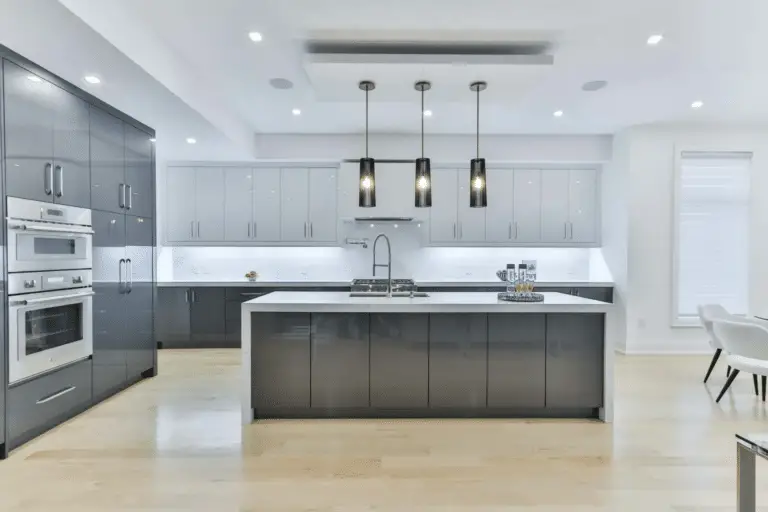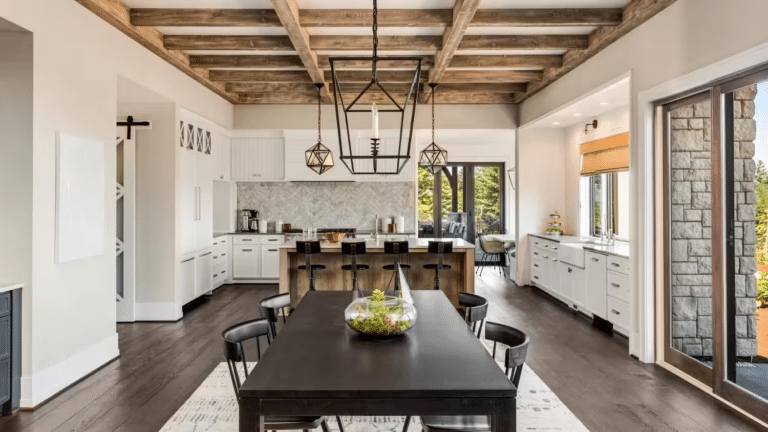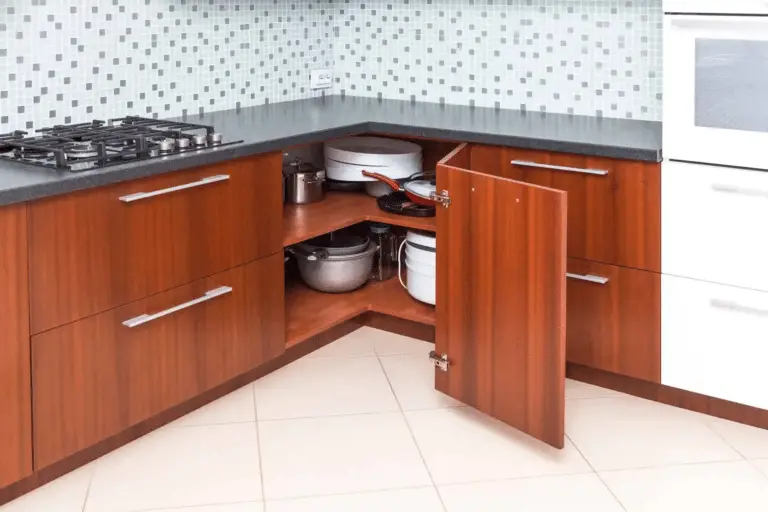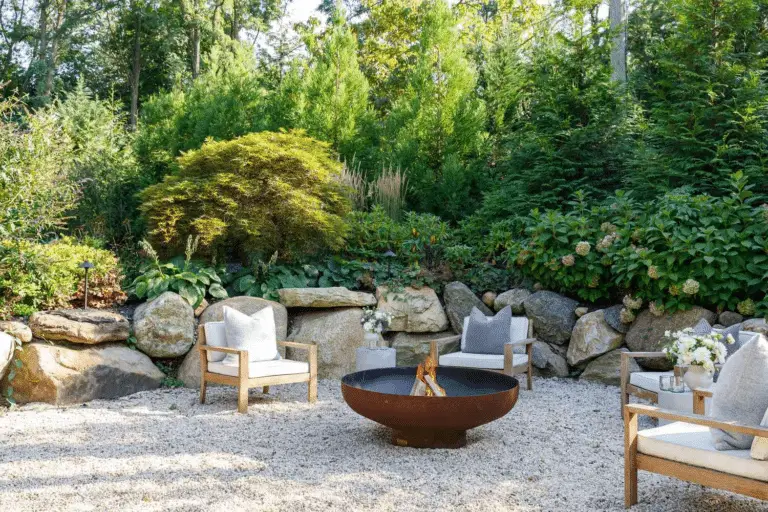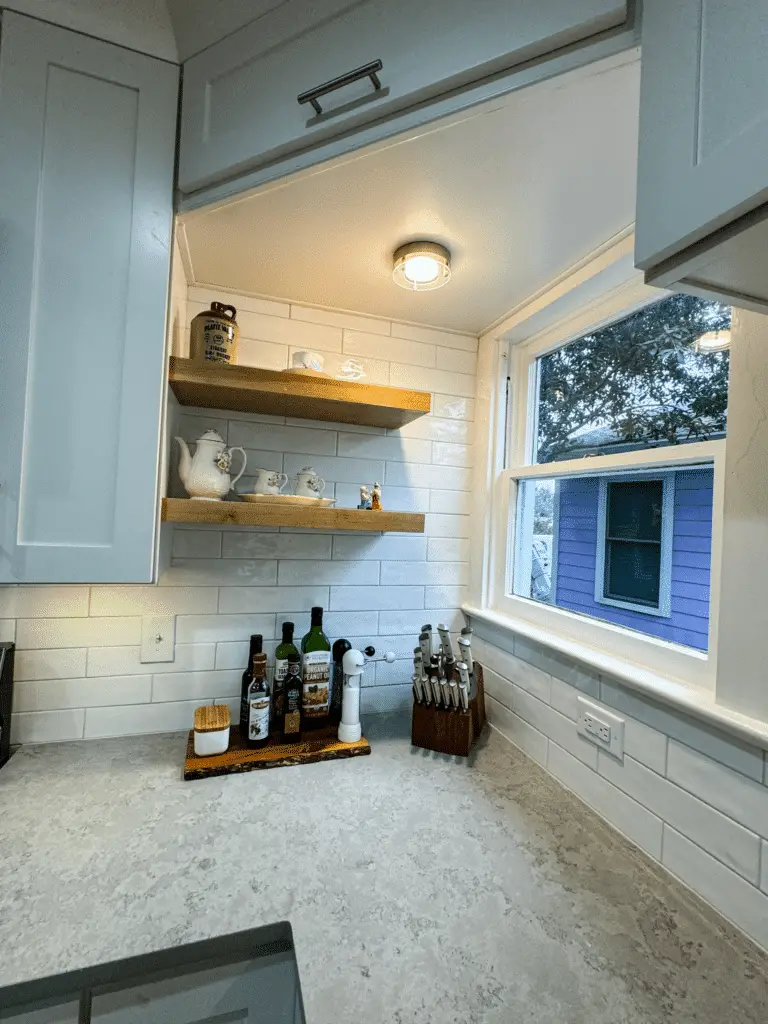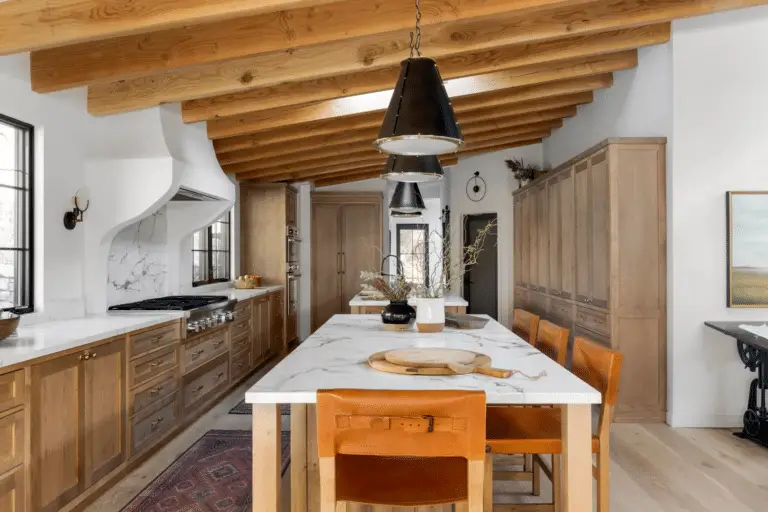Step into the world of monochromatic kitchen design where simplicity meets sophistication. Discover the allure of monochromatic color schemes and why they are taking the design world by storm.
From the importance of accessorizing to key considerations for decorating, this guide has got you covered. Dive into real case studies of well-accessorized kitchens and learn how to achieve the perfect balance in your own monochromatic space.
Get ready to transform your kitchen into a stylish sanctuary with our expert tips and tricks on accessorizing and decorating monochromatic kitchens.

A Guide to Accessorizing Monochromatic Kitchens
When it comes to designing a monochromatic kitchen, selecting the right color scheme is just the beginning. To truly elevate the aesthetic appeal of your kitchen, the devil is in the details – that’s where accessorizing comes into play. Accessories have the power to complement and enhance the overall look of your monochromatic kitchen, bringing in elements of personality and style.
The Importance of Accessorizing in Monochromatic Kitchens
Accessorizing is like adding the finishing touches to a masterpiece. It’s what breathes life into a monochromatic kitchen and prevents it from looking stark or sterile. By carefully selecting the right accessories, you can inject pops of color, texture, and visual interest into your kitchen design.

One key takeaway when accessorizing a monochromatic kitchen is to choose items that serve both a functional and decorative purpose. For example, a sleek set of metallic cookware not only adds a hint of glamour to your kitchen but also serves as practical tools for cooking. Similarly, decorative jars or vases can double up as storage containers for spices or utensils.
Types of Ideal Kitchen Accessories for Monochromatic Color Schemes
When it comes to accessorizing a monochromatic kitchen, the key is to strike a balance between cohesion and contrast. Opt for accessories that either blend seamlessly with your chosen color palette or provide a striking visual contrast. For instance, if you have a predominantly white kitchen, consider adding touches of black through accent pieces like barstools, pendant lights, or artwork.

Furthermore, don’t underestimate the power of textiles in accessorizing your monochromatic kitchen. Plush rugs, patterned curtains, or colorful dish towels can soften the overall look of the space and introduce additional layers of texture.
Remember, accessorizing is all about personalization. Have fun experimenting with different accessories and arrangements to see what works best for your monochromatic kitchen design. After all, it’s the unique finishing touches that truly make a space feel like home.
Key Considerations for Decorating Monochromatic Kitchens
When it comes to designing a monochromatic kitchen, there are several key considerations that can make a significant impact on the overall look and feel of the space. In this section, we will delve into the importance of kitchen layout, lighting, texture, and finishes in creating a cohesive and visually appealing monochromatic kitchen.
Kitchen Layout and Lighting
Your kitchen layout plays a crucial role in the functionality and aesthetics of your monochromatic kitchen. When designing your layout, consider the flow of the space and how you can optimize it for efficiency and convenience. Think about the placement of your appliances, storage areas, and work surfaces to ensure a seamless and practical kitchen design.

Additionally, lighting is another essential element to consider when decorating a monochromatic kitchen. Proper lighting can enhance the overall look of your kitchen, highlight key design features, and create a welcoming ambiance. Incorporate a mix of task lighting, ambient lighting, and accent lighting to illuminate different areas of your kitchen and add depth and dimension to the space.
Texture and Finishes
Texture and finishes play a crucial role in adding visual interest and depth to a monochromatic kitchen. Experiment with different textures, such as glossy, matte, or textured finishes, to create contrast and dimension in your space. For example, you can pair smooth, glossy cabinets with a textured backsplash or countertops to add a touch of visual interest.

When selecting finishes for your monochromatic kitchen, consider the overall look and feel you want to achieve. Matte finishes can create a modern and sophisticated look, while glossy finishes can add a touch of luxury and elegance. Choose finishes that complement your chosen color scheme and enhance the overall aesthetic of your kitchen.
By paying attention to these key considerations and incorporating them into your monochromatic kitchen design, you can create a space that is not only stylish and visually appealing but also functional and practical. Remember to strike a balance between different design elements to achieve a harmonious and well-designed monochromatic kitchen.
Case Studies of Well-Accessorized and Decorated Monochromatic Kitchens
So, you’ve chosen the sleek and sophisticated monochromatic theme for your kitchen. Now, how do you ensure your space doesn’t end up looking bland or uninspired? The key lies in accessorizing and decorating your monochromatic kitchen with finesse and creativity. Let’s delve into some real-world case studies of impeccably designed monochromatic kitchens that will inspire you to elevate your own space.
Case Study 1: Minimalist Marvel

In this stunning monochromatic kitchen, simplicity reigns supreme. The all-white cabinetry and countertops are impeccably complemented by brushed stainless steel appliances and fixtures, adding a touch of modernity to the space. The designer has opted for subtle pops of color through strategically placed accessories like a vibrant fruit bowl and a few green plants, creating visual interest without overpowering the monochromatic palette. The result? A harmonious and inviting kitchen that feels both contemporary and timeless.
Case Study 2: Bold and Beautiful
Looking to make a bold statement with your monochromatic kitchen? Take a cue from this striking black and white design that exudes drama and sophistication. The high-gloss black cabinets paired with white marble countertops create a luxurious yet edgy vibe.

To balance out the strong contrast, the designer has incorporated warm metallic accents in the form of brass light fixtures and cabinet hardware. The addition of textured elements like a patterned backsplash and woven bar stools adds depth and visual intrigue to the space. The result is a monochromatic kitchen that feels chic, inviting, and undeniably stylish.
Case Study 3: Timeless Elegance
This classic monochromatic kitchen showcases the beauty of timeless design elements. The soft gray cabinets and marble countertops exude elegance and sophistication, while the natural wood flooring and exposed ceiling beams add warmth and character to the space.

The designer has expertly curated a collection of vintage-inspired accessories such as a weathered copper pendant light and rustic pottery pieces, adding a touch of nostalgia and charm to the kitchen. The careful balance of modern and traditional elements creates a harmonious and inviting atmosphere that is perfect for cooking, dining, and entertaining.
By studying these real-world examples of well-accessorized and decorated monochromatic kitchens, you can gain valuable insights into how to create a space that is not only visually stunning but also functional and inviting. Keep in mind the importance of balance, texture, and finishes in achieving the perfect monochromatic kitchen design that reflects your unique style and personality.
Achieving the Perfect Balance in Monochromatic Kitchens
When it comes to accessorizing and decorating monochromatic kitchens, finding the perfect balance is essential. Without the right balance, the design can either be overwhelming or lackluster. So, how can you achieve that ideal equilibrium in your monochromatic kitchen? Let’s delve into some tips and tricks to help you strike the right balance.
1. Start with a Neutral Base
One of the keys to achieving balance in a monochromatic kitchen is to start with a neutral base. This means selecting a primary color for your kitchen and using variations of that color throughout the space. By keeping the base color neutral, you create a foundation that allows accessories and decorations to stand out without overwhelming the design.
2. Mix Up Textures
Another way to add interest and balance to a monochromatic kitchen is by incorporating a variety of textures. Mixing up textures, such as smooth surfaces, rough finishes, and glossy accents, adds depth and dimension to the space. Consider incorporating materials like wood, marble, glass, and metal to create a visually appealing contrast.
3. Play with Lighting
Lighting plays a crucial role in setting the mood and ambiance of a monochromatic kitchen. To achieve the perfect balance, consider layering different types of lighting, including ambient, task, and accent lighting. This not only illuminates the space effectively but also highlights key design elements and accessories.
4. Embrace Negative Space
Don’t be afraid to leave some areas of your monochromatic kitchen bare. Embracing negative space is a powerful design choice that can help create a sense of balance and harmony. Allow certain areas to breathe, and avoid overcrowding the space with too many accessories or decorations.
5. Edit and Refine
Lastly, achieving the perfect balance in a monochromatic kitchen often requires a bit of editing and refining. As you accessorize and decorate, periodically step back and assess the overall look. Remove any elements that feel excessive or unnecessary, and focus on highlighting the most impactful design features. Remember, less is often more when it comes to creating a balanced design.
By following these tips and tricks, you can ensure that your monochromatic kitchen strikes the perfect balance between accessorizing and decorating. Finding that sweet spot where every element complements each other without overpowering the space is the key to creating a harmonious and visually appealing kitchen design.
Wrapping Up: Mastering the Art of Monochromatic Kitchen Design
In the world of monochromatic kitchens, the key to success lies in finding the perfect balance. From choosing the right accessories to paying attention to layout and lighting, every detail matters. Remember, less is more, but a little flair never hurt anyone. So, go ahead, experiment, and create a kitchen space that reflects your style and personality. With these tips and tricks, you’ll be well on your way to achieving the perfect harmony in your monochromatic kitchen design. Let your creativity shine!



